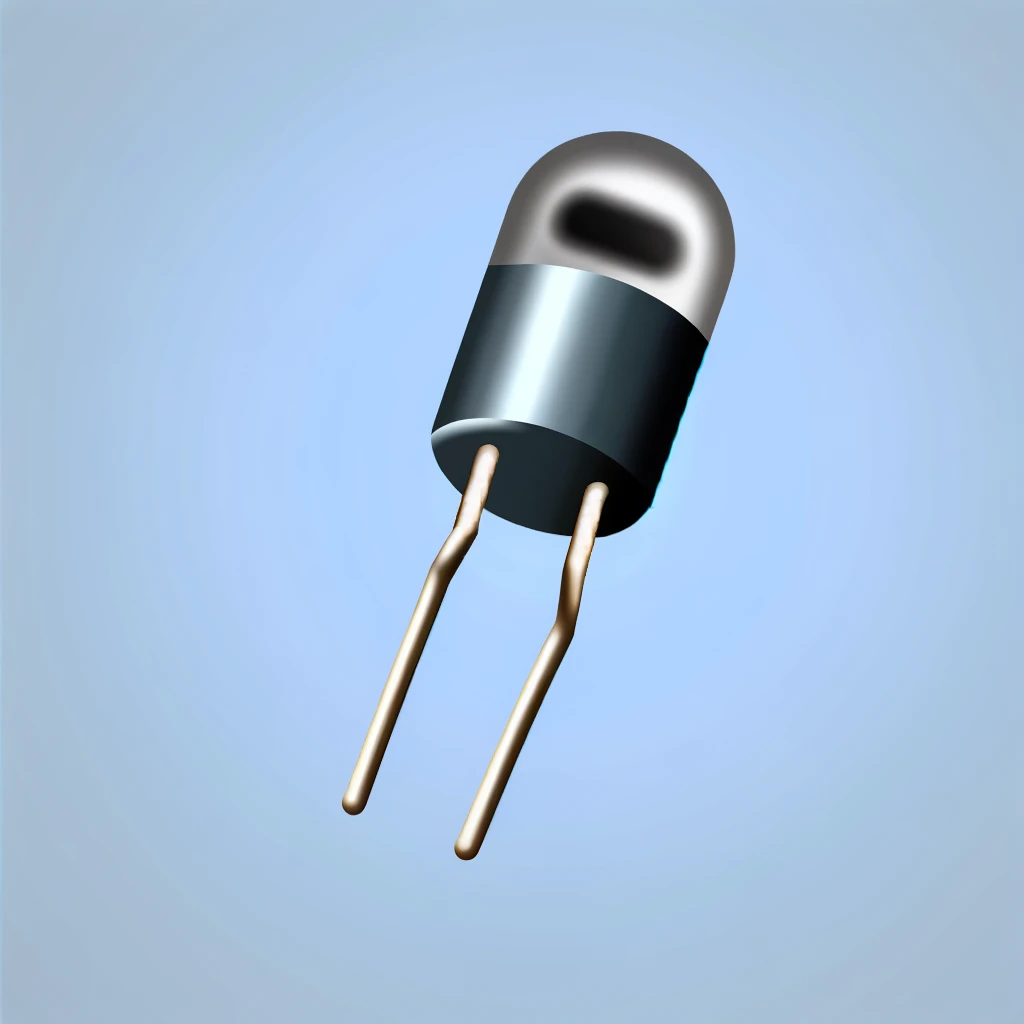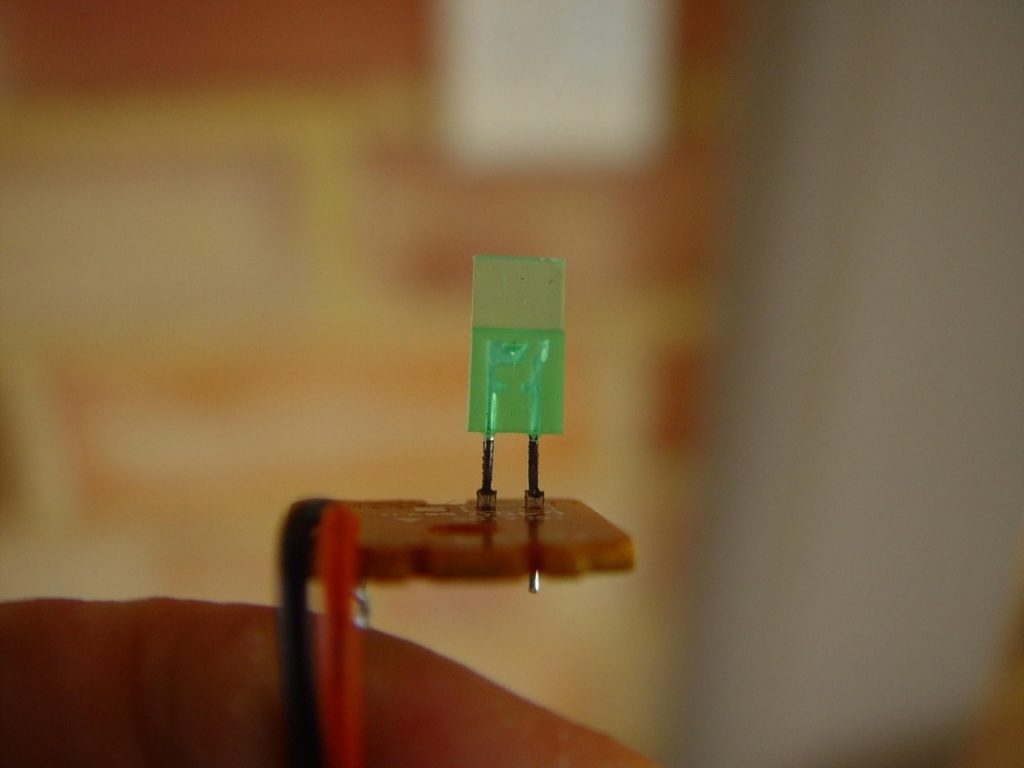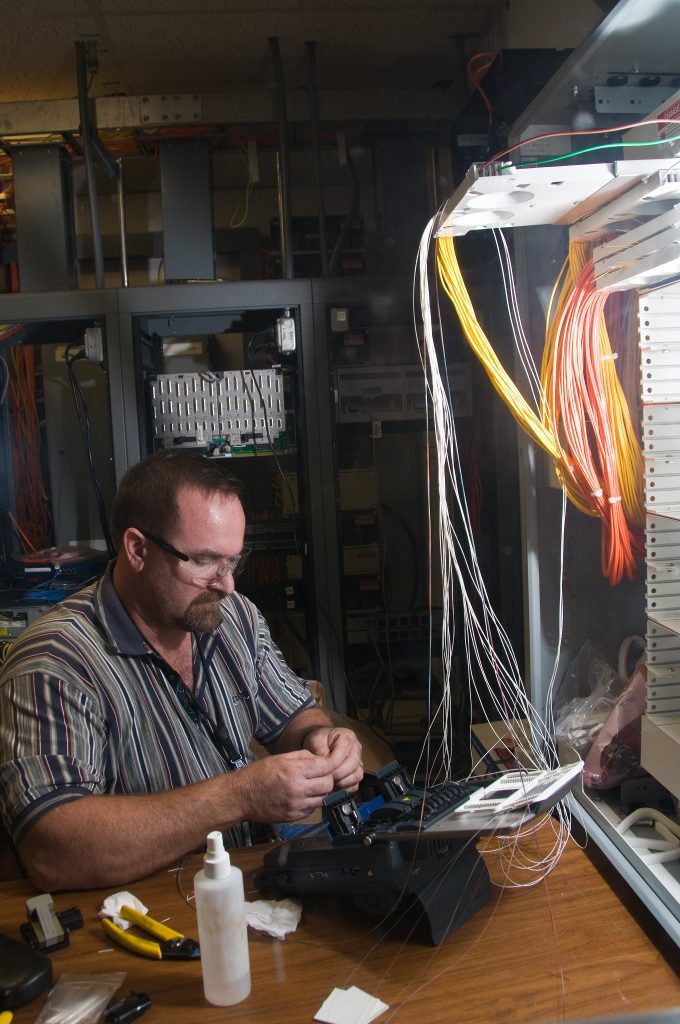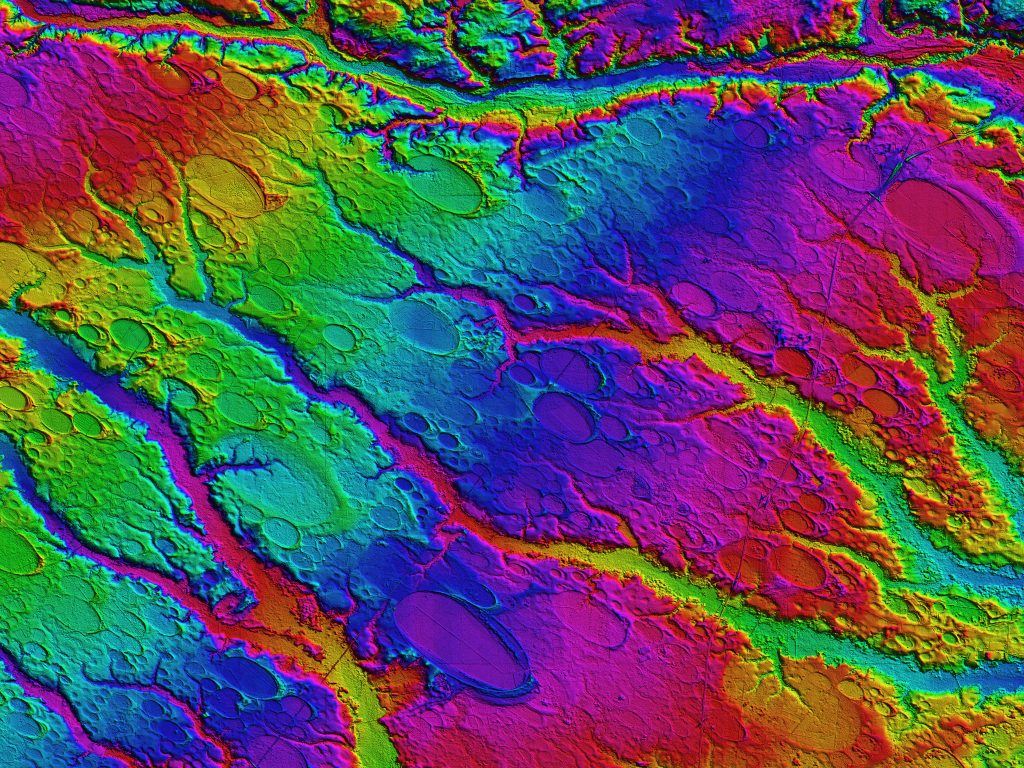Optical photodiodes represent a critical component in the realm of test and measurement, offering a seamless conversion of light into electrical signals with remarkable precision and sensitivity. Let’s delve into what optical photodiodes are and how they are integral to diverse applications across industries.
What Are Optical Photodiodes?
An optical photodiode stands as a semiconductor device designed to transform incident light into electrical current. Comprising a thin semiconductor layer, typically silicon, nestled between two metal electrodes, photodiodes operate on the principle of generating electron-hole pairs upon exposure to light. The ensuing migration of electrons towards the positive electrode and holes towards the negative electrode engenders a flow of current, thus facilitating light detection and conversion.

Applications of Optical Photodiodes
Fiber Optic Communications:
Photodiodes serve as the conduit for converting optical signals transmitted through fibers into electrical signals, enabling seamless integration with electronic systems for data processing.
Smoke Detectors:
Leveraging the reduction in current flow when smoke obstructs the light path, photodiodes trigger alarms in smoke detectors, thereby enhancing safety measures.
CD Players:
In CD players, photodiodes play a pivotal role in reading the encoded digital data by converting reflected laser light into electrical signals, thus enabling the playback of audio and data.
Camera Sensors:
Embedded within digital camera sensors, photodiodes translate incident light into electrical signals, determining the brightness and color of individual pixels to produce high-fidelity images.
Medical Imaging:
Photodiodes feature prominently in medical imaging devices such as X-ray machines and CT scanners, facilitating the conversion of X-rays and gamma rays into electrical signals for image reconstruction.
Utilization in Test and Measurement
Optical photodiodes find extensive utility in diverse test and measurement applications owing to their capacity for precise light-to-electrical signal conversion. Here’s a glimpse into their indispensable roles:

Characterization of Light Sources
Measuring Optical Power: Photodiodes enable accurate measurement of the output power of light sources like lasers and LEDs, facilitating calibration against known power levels.
Spectral Response Measurement: By sweeping light sources across various wavelengths and monitoring photocurrent, the spectral response of photodiodes and optical components can be meticulously characterized.
Pulse Characteristics of Lasers: High-speed photodiodes prove invaluable in capturing rapid changes in intensity exhibited by pulsed lasers, facilitating the analysis of pulse width and peak power.

Optical Fiber Communication Testing
Signal Attenuation: Photodiodes, coupled with light sources, gauge the loss of signal strength during transmission through optical fibers, enabling assessment of link quality and performance.
Bit Error Rate Testing: By detecting and converting incoming light pulses into electrical signals, photodiodes enable the evaluation of Bit Error Rate (BER), a critical parameter in digital communication systems.
Optical Modulation Formats: Photodiodes aid in scrutinizing the quality of complex modulation formats by analyzing parameters such as extinction ratio and chirp, thus ensuring robust communication systems.
Other Applications

From pinpointing alignment in delicate fiber optic splicing to mapping vast landscapes with LiDAR, photodiodes are versatile workhorses. In conjunction with lasers or LEDs, they provide pinpoint precision for alignment and positioning tasks. By harnessing the time-of-flight principle, they measure distances with remarkable accuracy, forming the core of LiDAR technology for 3D mapping and scanning. Furthermore, their integration into various sensors enables them to detect environmental factors like smoke and gas, significantly enhancing sensor capabilities across diverse fields.
The versatility and precision of optical photodiodes make them indispensable in the realm of test and measurement, empowering engineers and technicians to unravel intricate details across a spectrum of applications. By comprehending the nuances of different photodiode types and their measurement capabilities, stakeholders can harness their prowess for precise and reliable assessments in myriad fields.